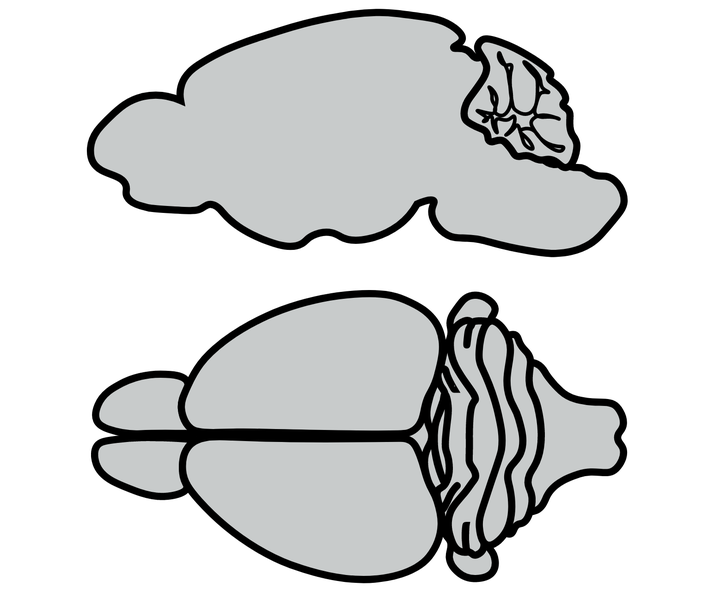A New Technique Based on Electrolyte Gel to Expand a Variety of 3D Staining Observation

Title: A New Technique Based on Electrolyte Gel to Expand the Variety of 3D Staining Observation
Journal: Nat Commun. 2020 Apr 27;11(1):1982.
Link: https://doi.org/10.1038/s41467-020-15906-5
Comments:
Since the advent of three-dimensional (3D) observation and analysis of whole organs and whole bodies, a large volume of samples can be viewed comprehensively with cellular to subcellular resolution over single organs and organisms. In the meantime, to observe 3D samples with clearer views, the role of whole-mount staining becomes crucial in the entire procedure. Although relative approaches have already been designed to improve the permeability of stains and antibodies, there is still insufficient exploration in 3D staining cases.
To solve this problem, the authors applied an objective instead of an empirical approach to exploring essential 3D staining conditions. They discovered that fixed and delipidated tissue was equivalent to an electrolyte gel of cross-linked polypeptides. Furthermore, they created a highly optimized 3D staining imaging pipeline based on CUBIC-HistoVIsion for 3D staining, tissue clearing, and volumetric imaging. Based on this artificial tissue-mimicking material, electrolyte gel, they successfully stained and imaged whole adult mouse brains. The results highlight the importance of systematic quantification and analysis of biological data from whole-organ and whole-body 3D staining, as well as the subsequent computational processes..